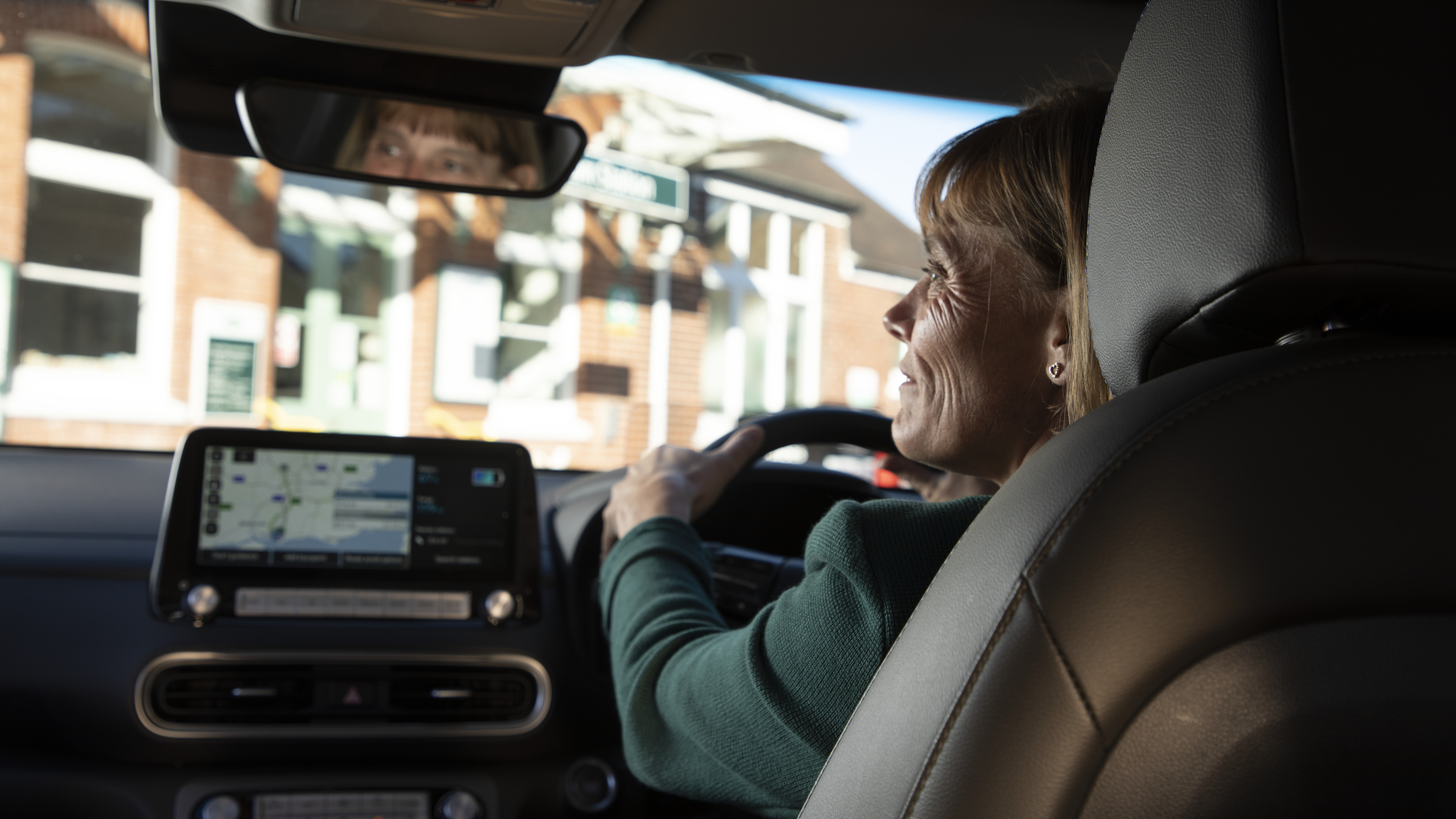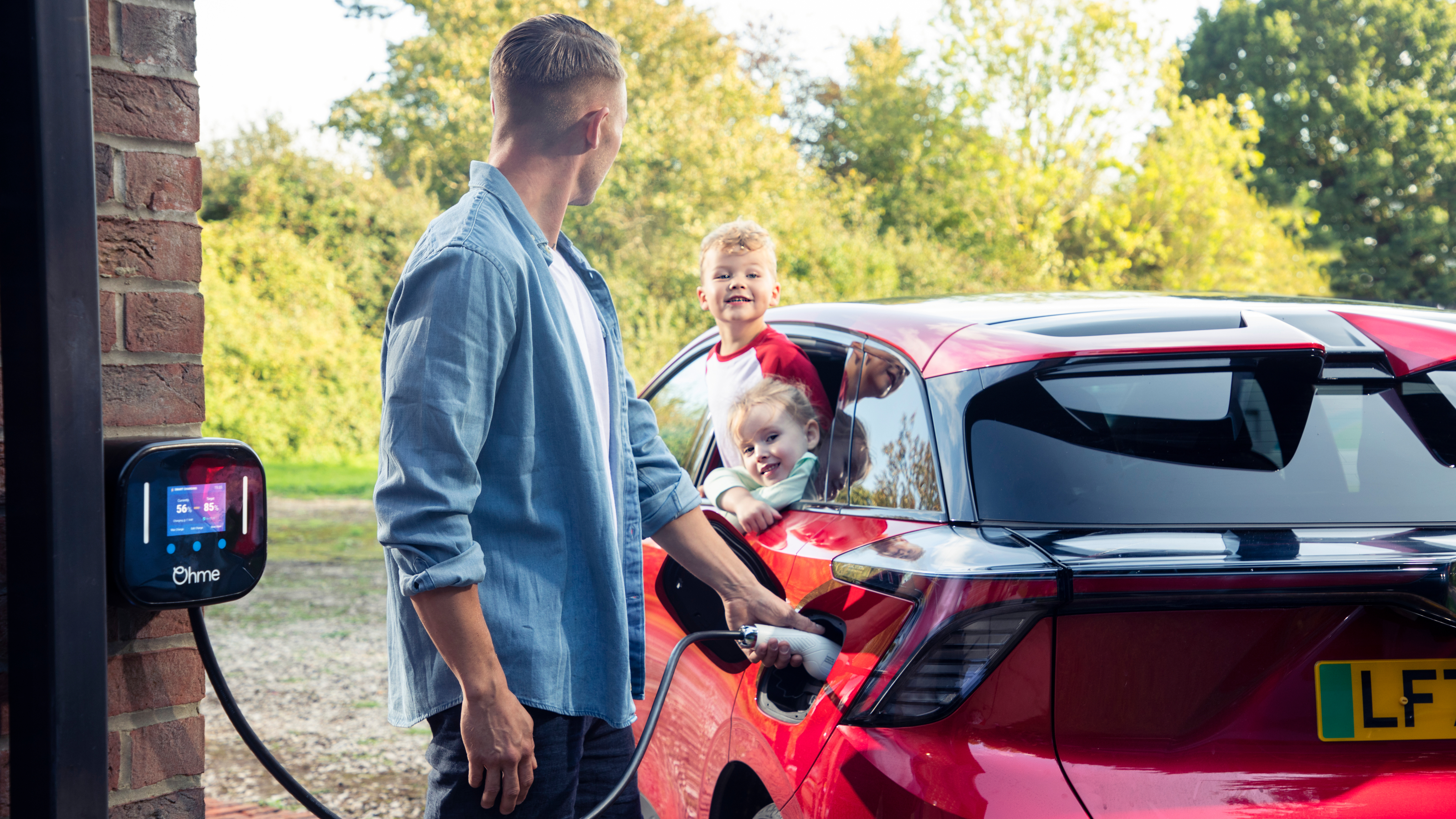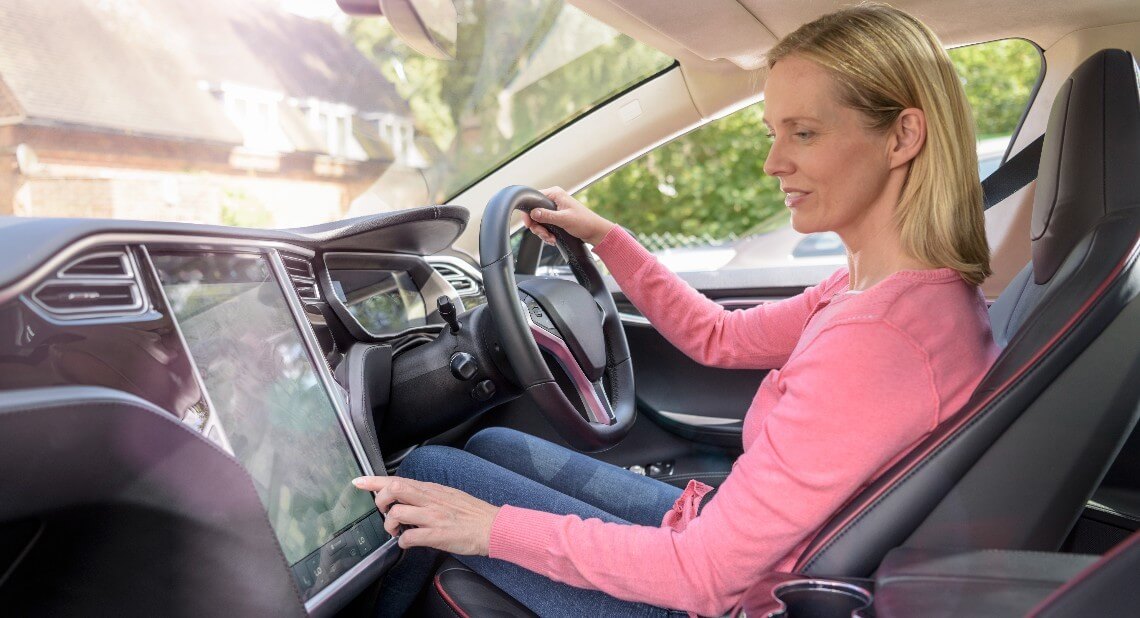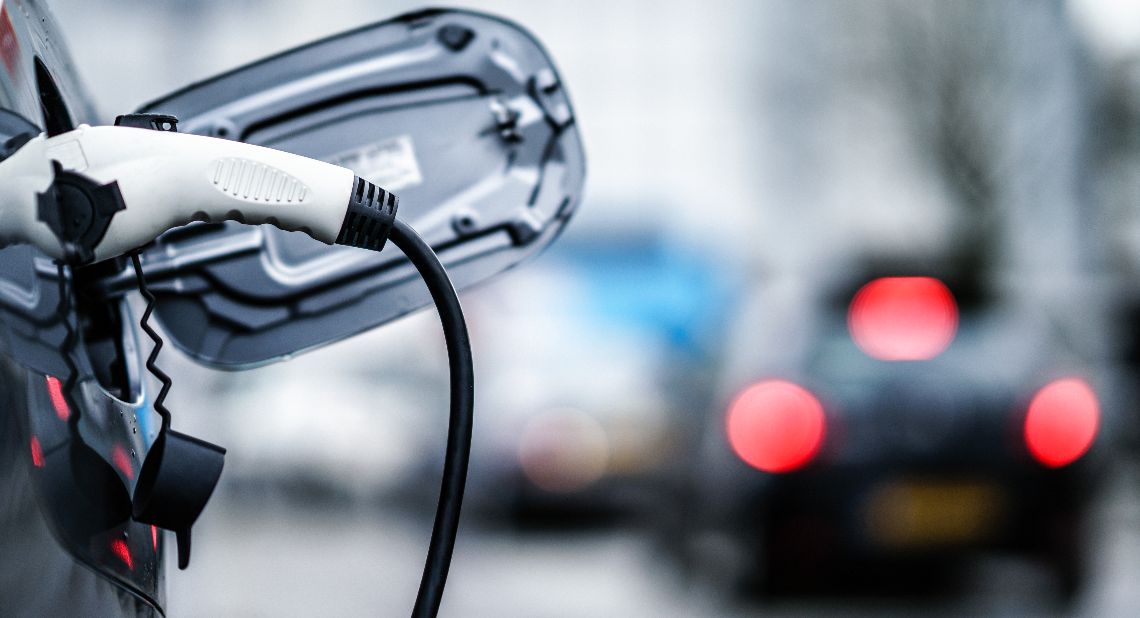There are many benefits to driving an electric vehicle (EV) in comparison to a petrol or diesel car. EVs are generally better for the environment and cheaper to run and maintain.
If you’ve not had an opportunity to drive an EV yet, then it may be hard to know how this driving experience compares to a petrol or diesel car. Here are eight interesting ways motoring journalist Nick Harper thinks EVs offer a better driving experience.
What makes the driving experience better in an EV?
3. EVs have more responsive steering
6. EVs allow you to charge your car at home
1. More power
It’s well known that EVs are more powerful than traditional petrol or diesel cars, especially from a standing start. According to Top Gear, some electric cars on the Scheme can go from 0 to 60mph in under four seconds, including the Smart #1, which does it in just 3.9 seconds. EVs also deliver their power more smoothly.
A petrol or diesel engine has around 200 parts that have to work together to create the power needed to turn the wheels. This is known as ‘torque.’ When you push your foot down on the accelerator of a petrol or diesel car, the engine takes a moment to engage all those parts and create the power you need.
EV motors only have around 20 parts and can create power almost instantly. When you push down on the accelerator of an EV, the power happens straight away, making the ride noticeably smoother and more responsive. You can feel the smoothness of the journey as there is no need to change gears.
To find out which electric cars are available on the Motability Scheme, use our find a vehicle tool.
2. EVs are automatic
Some petrol or diesel cars have a gearbox with different gears that you must switch between as you speed up or slow down. Even if you change gears smoothly, you can still feel it, even if it’s just for a moment.
But electric cars are different. They only have one gear, so you do not need to think about changing gears. Instead of using a clutch, EV drivers just use the brake and accelerator pedals. And to go forward, backwards, or park, they just press a button on the touchscreen. Touchscreens are a common feature in many EVs. Because of the ease of not having to change gears, driving an electric car is usually much smoother and simpler than driving a petrol or diesel car.
Find out more about touchscreen technology available in vehicles.

3. More responsive steering
Electric Power Steering (EPS) makes it easier to steer and control your car when you turn the wheel. This can be found in most cars today, but an EV can adapt to a specific situation. When driving at lower speeds or parking, the steering wheel becomes easier to turn, allowing smaller, more precise movements. At increased speeds, including when driving on motorways, the wheel has more resistance, making the car more stable on the road.
More advanced versions of EPS allow cars to offer emergency steering assist, which can scan the road for obstacles and helps the driver steer safely.
The next developments in steering will offer even more precise control and boost the driving experience further.
4. Smoother braking
Electric vehicles use regenerative braking. This is when the electric motor slows the car down and turns the energy into electricity to store in the battery for later. This makes EVs work better and can also help tyres and brakes last longer as they do not have to slow the car down as much as petrol or diesel cars.
While regenerative braking was developed to improve an EV’s efficiency, it has an added bonus. When EV drivers push the brake pedal, they are likely to feel less resistance than they would in a petrol or diesel car. This can take a little getting used to initially, but it makes the driving experience feel a lot smoother.
5. Better suspension
A car’s suspension takes in the bumps and shocks of the road. The better the suspension, the less you notice when the road is uneven or has potholes. Where many petrol and diesel cars have ‘fixed’ or ‘free’ suspension systems, EVs often use the more advanced ‘active’ suspension. This means the suspension automatically changes its settings to match the conditions, including changing the height of the vehicle where needed.
Not every EV has active suspension, but it is becoming a more common feature in newer models. As EV designs keep improving with new technology, we can expect the suspension to get much better in the next few years. This will make the driving experience even more comfortable.
6. Charge your car at home
If you can get a home chargepoint, you’ll be able to charge your EV overnight. That means your car’s ready to go in the morning, and you will not need to spend time stopping at a petrol station during the day.

Charging your EV may take longer than refilling a petrol or diesel car, but there are many ways to plan for a longer journey in your EV when you need to charge on route.
Did you know?
When you lease an EV on the Motability Scheme, you’ll get home chargepoint and standard installation or a subscription to the bp pulse network of public chargepoints included in your lease.
Find out more about your charging options on the Motability Scheme.
7. Less maintenance
Because electric vehicles have far fewer parts than petrol and diesel cars, they generally require less maintenance. With a petrol or diesel engine having so many parts, if even one tiny part fails or breaks, the car may not run correctly or safely.
Did you know that electric cars can be upgraded to the latest software without visiting a dealer? Read more about how software updates work in EVs.
8. A quieter ride
The main sound you’ll hear when driving a petrol or diesel car is the engine. It’s a sound we’re all used to by now. But one of the main differences you’ll notice when driving an EV is there is no engine sound. When you drive an EV, the motor is practically silent and the most you will hear is a gentle ‘whoosh’ sound. Gridserve report that the average EV is around 10dB quieter than a petrol or diesel car.
This quieter setting can be good for neurodiverse people. That was one of the reasons why customer James decided to lease his first EV through the Scheme.
People who have never driven an EV before often ask how it feels in comparison to driving a traditional car. The experience is much quieter and peaceful. There is still noise, but it’s at a far lower level.
Motoring journalist, Nick Harper, believes that EVs offer a smoother ride. He says:
The car accelerates faster, but what’s even more noticeable is how smoothly it moves. The hesitations you experience when changing gears on a petrol or diesel car are replaced with smooth, seamless power. The bumps and jolts you feel in traditional cars are replaced by a much more comfortable glide. And with no gears to move through and the whole driving experience simplified, you reach your destination feeling much more relaxed.
Get more information on EVs work
We know switching to electric vehicles can feel new.
Our email series covers things like range, charging and accessibility.
Related articles
How your Electric Vehicle could save you money and help the planet
Vehicle-to-Load (V2L): How your EV can power more than your drive
What is smart charging for electric vehicles (EVs)?
![]()








